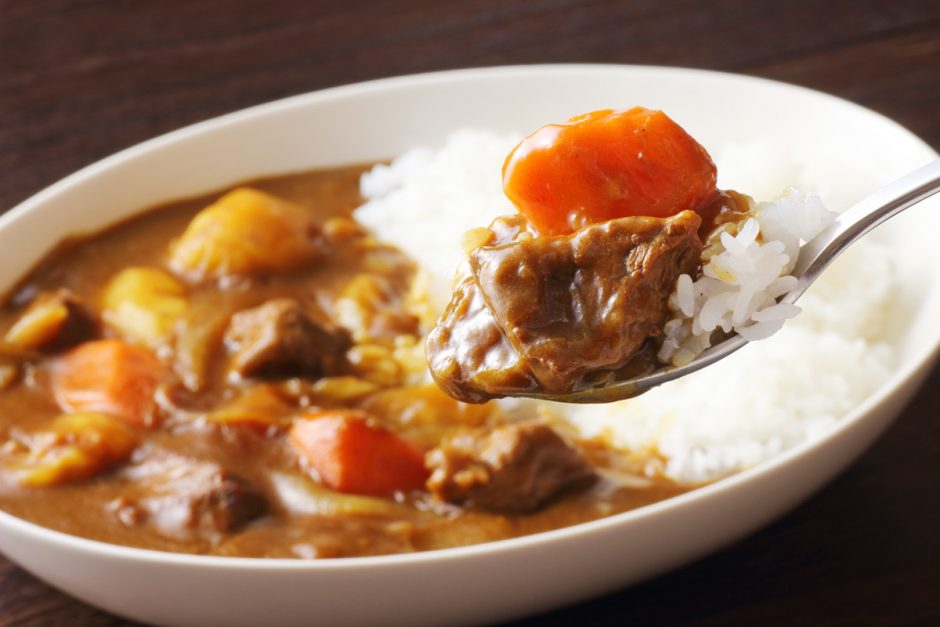Perk Up with 6 Tasteful Malaysian Drinks
Lighten your mood and rejuvenate your senses with 6 must-try Malaysian drinks!
Discover the authentic in Asian cuisine food

Academics claim that people have been eating curries as far back as 2500 B.C., and scientists at Nottingham Trent University discovered that people can actually become addicted to curries. Curry stimulates the senses and provides a natural high, so its popularity throughout the world is easy to explain. Japanese and Korean curries are a long-established part of their respective culinary cultures, but the dishes themselves more closely resemble curries from the Indian sub-continent than anything found in Thailand and greater Southeast Asia. So how did Indian curry reach the Japanese islands and the Korean Peninsula?
Like so many things, curry’s journey across the world can be traced back to colonialism, and latterly the beginnings of globalization.
The roots of the word ‘curry’ are undecided, with some arguing that it comes from the Old English word ‘cury’, first used in an English cookbook published in 1390. ‘Cury’ referred to cuisine based on French cuire cooking—meaning to cook, boil or grill. Others say it’s a derivative of the Tamil word ‘kari’, referring to a dish cooked with vegetables, meat and spices.
In the 18th century, returning British colonials brought curry powder home with them from India, where it quickly grew in popularity. Curry was a great flavour disguise for old meat and vegetables and—being a powder—kept a long time and was easily transportable. These characteristics made it attractive to the British Navy, and they in turn spread the pungent dish to British colonies across the world.
The British version of curry reached Japan via the Royal Navy in the late 19th century, and soon after that the Japanese Navy adopted and then adapted curry to suit their own tastes and needs. You can see the English influence in the Japanese name for curry and rice—karē raisu—and even today, Friday nights on Japanese naval vessels are curry night.
In the 1960s, the Japanese government pressured Koreans, Taiwanese and Chinese—former subjects of the Japanese Empire—to leave Japan. Curry followed tens of thousands of migrating Koreans back into Korea, and their family who stayed behind in Japan sent tightly packed parcels crammed full of ready-made karē raisu to loved ones to help them settle.
The Korean Peninsula suffered greatly after the Korean War. The freezing cold winters coupled with the lack of food meant imported goods, especially pre-packaged and long-lasting food stuffs became incredibly valuable. Like Spam and American canned goods in the South, packets of karē raisu were used as currency in the North. It was traded for local products—kimchi, rice and meat—and used to bribe members of the controlling Korean Workers’ Party. Some locals even opened black market curry and noodle stalls run out of their apartments.
Like everywhere else it had landed, curry became hugely popular on the Korean Peninsula, with many repatriated Japanese-Koreans opening successful curry restaurants. The curry reminded them of their lives back in Japan, and the local Koreans loved the fragrant spices and rich flavours. The repatriated Koreans brought a slice of Japanese culture with them, and to this day you can still see the strong influence Japanese culture has on its Korean counterpart. And with the continuation of globalization, today you can eat Japanese and Korean curries all over the world!
Do you have a favourite Japanese or Korean curry? Let us know!

Lighten your mood and rejuvenate your senses with 6 must-try Malaysian drinks!

Pair your hearty barbecues with these refreshing Asian delights!

What are the properties of ginger, and how to pick, store and use ginger in your cooking? Find out here!